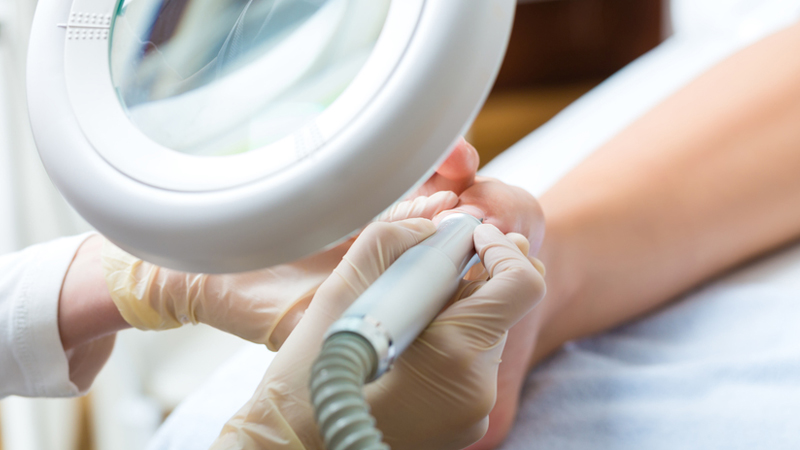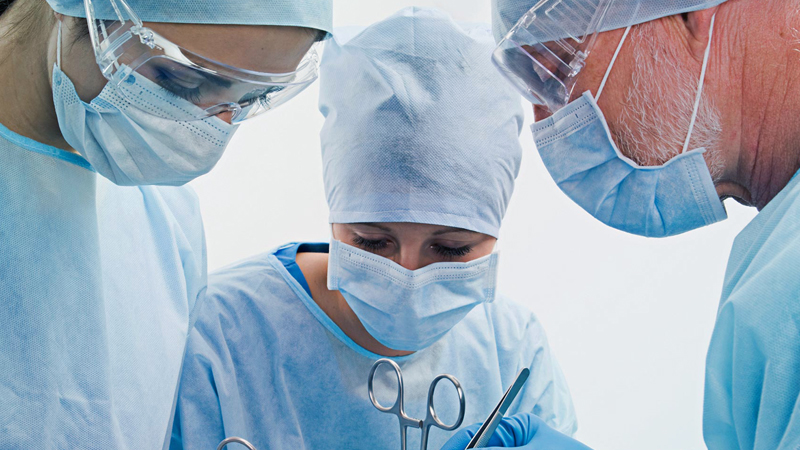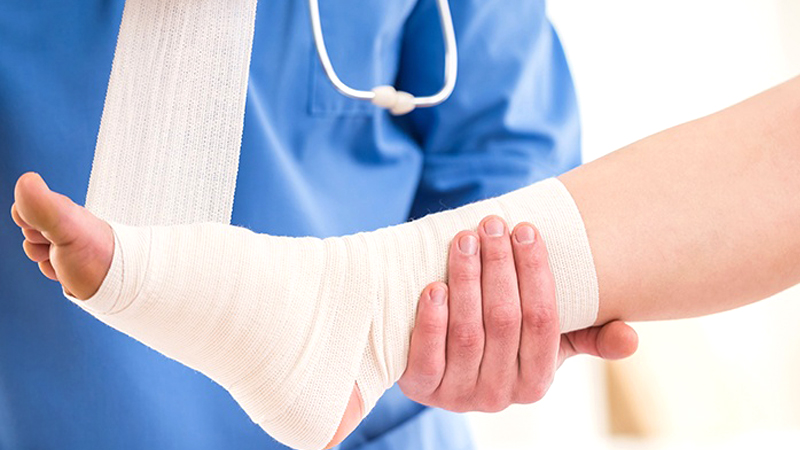We tend to forget how important it is to keep our feet healthy. In fact, some of us have deformities in the feet that usually go unnoticed because they don’t bother us greatly. However, when the parents are the ones who notice any deformity or problem in the feet of their children, feelings like confusion, anxiety, concern and sadness may appear.
The term “foot deformity” includes a wide range of conditions that may affect the bones, tendons and muscles in the feet, some of them are more common than others. Some examples in children are ingrown toenails, flatfoot (pes planus), pes cavus foot, clubfoot deformity, tarsal coalition, curly toes, hammertoes, accessory navicular, juvenile bunion, accessory digits, ankle sprains, musculoskeletal disorders, and connective tissue diseases.
In this article we give you a brief description of the most common ones.
- Ingrown toenails: As its name says, it is an aberrant growth of a toenail deeply into the nail margin and surrounding tissues. This problem is more common that we think in children.
- Flatfoot: This condition refers to the flattening of the medial arch of the foot. It can be an isolated pathology, or it can be part of a syndrome or another systemic disorder, like ligamentous laxity, collagen disorders, neurologic abnormalities and genetic conditions.
- Pes Cavus: It is defined as an exaggeration of the normal arch of the foot. It can be related to neurological disorders like the Charcot-Marie Tooth disease, leg length discrepancy and clubfoot deformity.
- Clubfoot: It is a deformity characterized by an abnormal foot turning inwards and downwards, and is smaller in size. The Achilles tendon is tight, pulling up the heel and generating an inability to prevent the foot from being able to stay flat on the ground.
An early diagnosis is crucial to achieve the best solution. Nowadays, there are many treatments available for all the foot deformities mentioned above, so your children might receive either medical or surgical treatments options which is patient dependent.
There are other options for treatment, such as orthotics, prescriptions, braces and shoes. All those treatment options preserve the integrity of the growth plate to guarantee the normal growth and the development of all the child’s foot structures.
So, if you need a pediatric podiatrist do not look any further. Every day, I deal with many common pediatric foot deformities and, as a parent, I can put myself in your place, I understand all your concerns and sympathize with the children, so I can offer the best treatment for your kid.
Call us at 407-913-3965 to schedule an appointment today!





